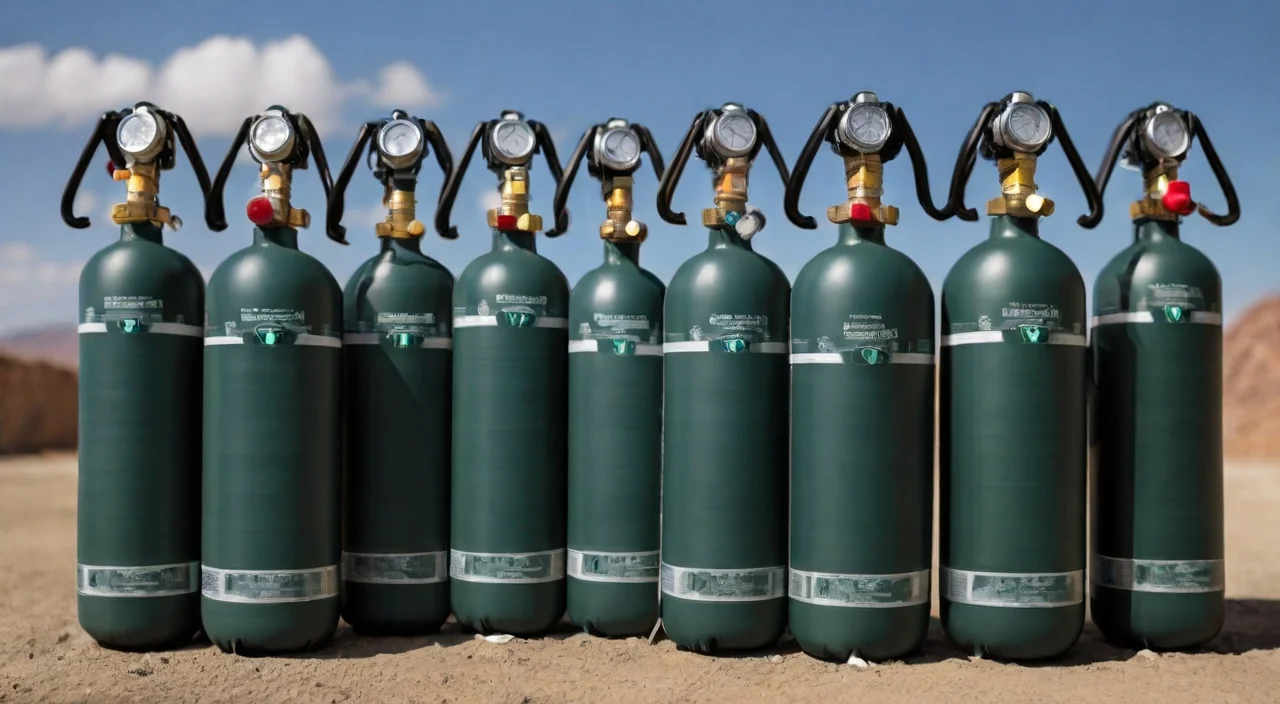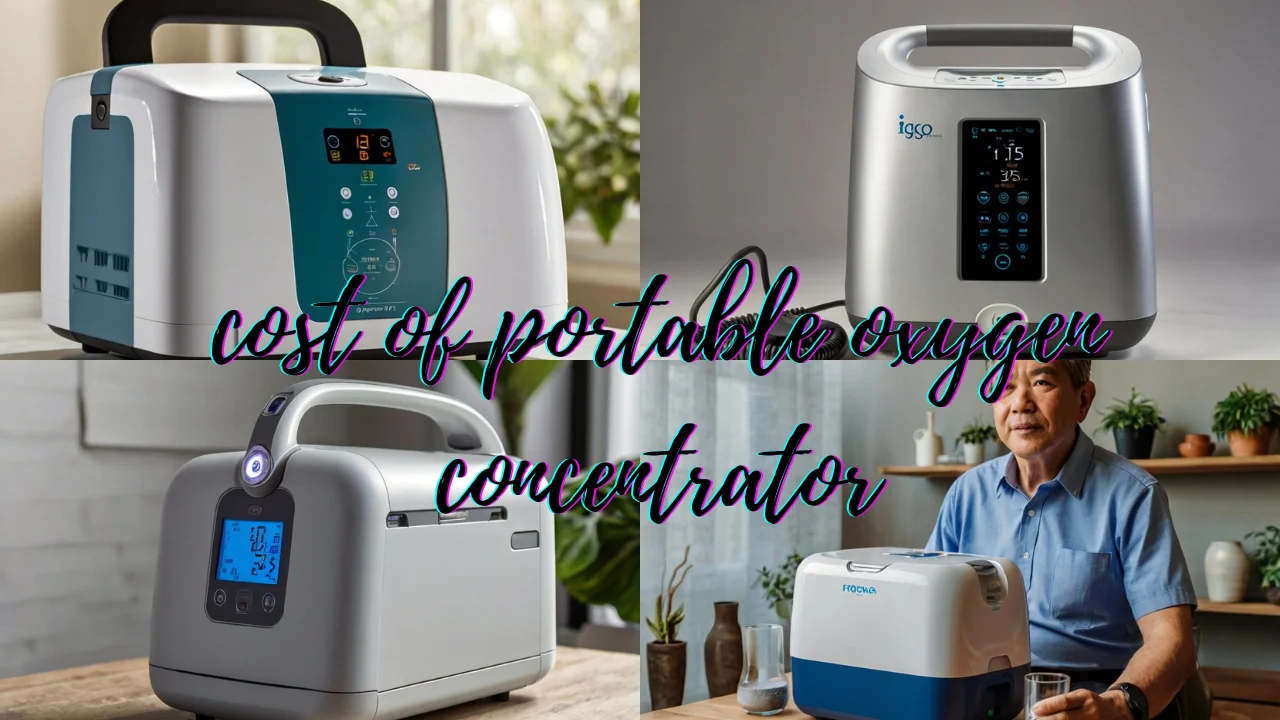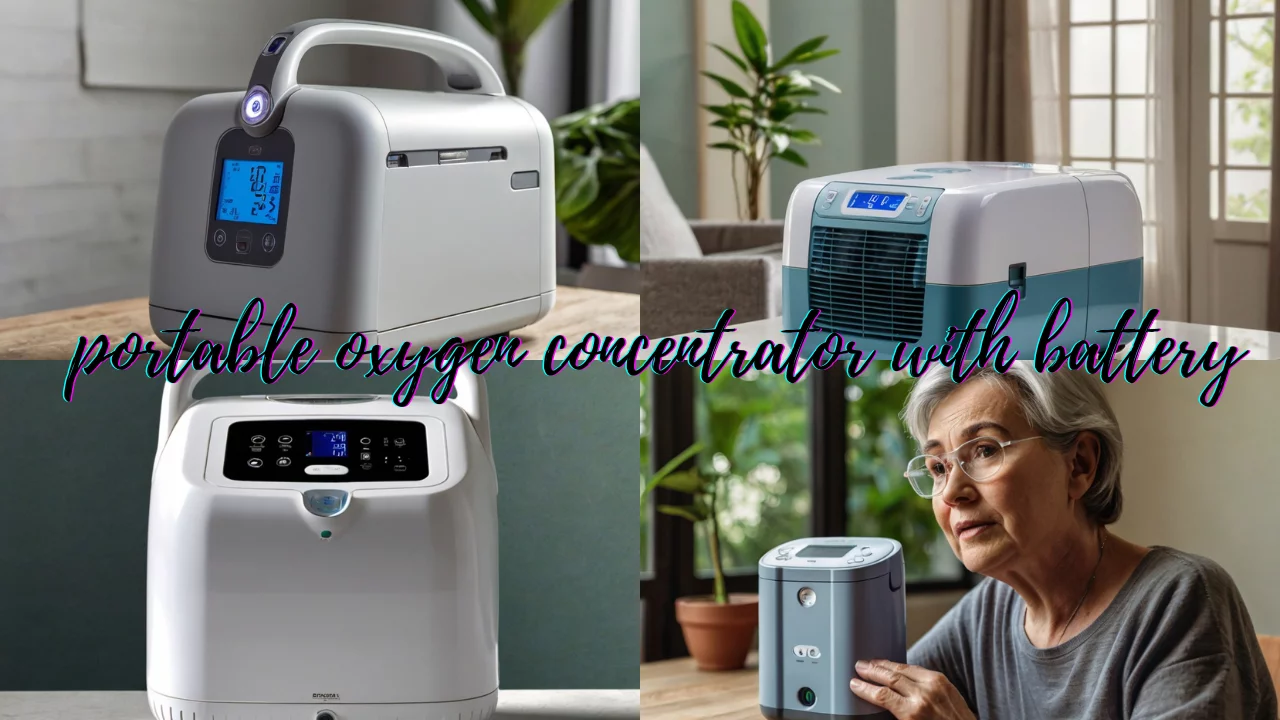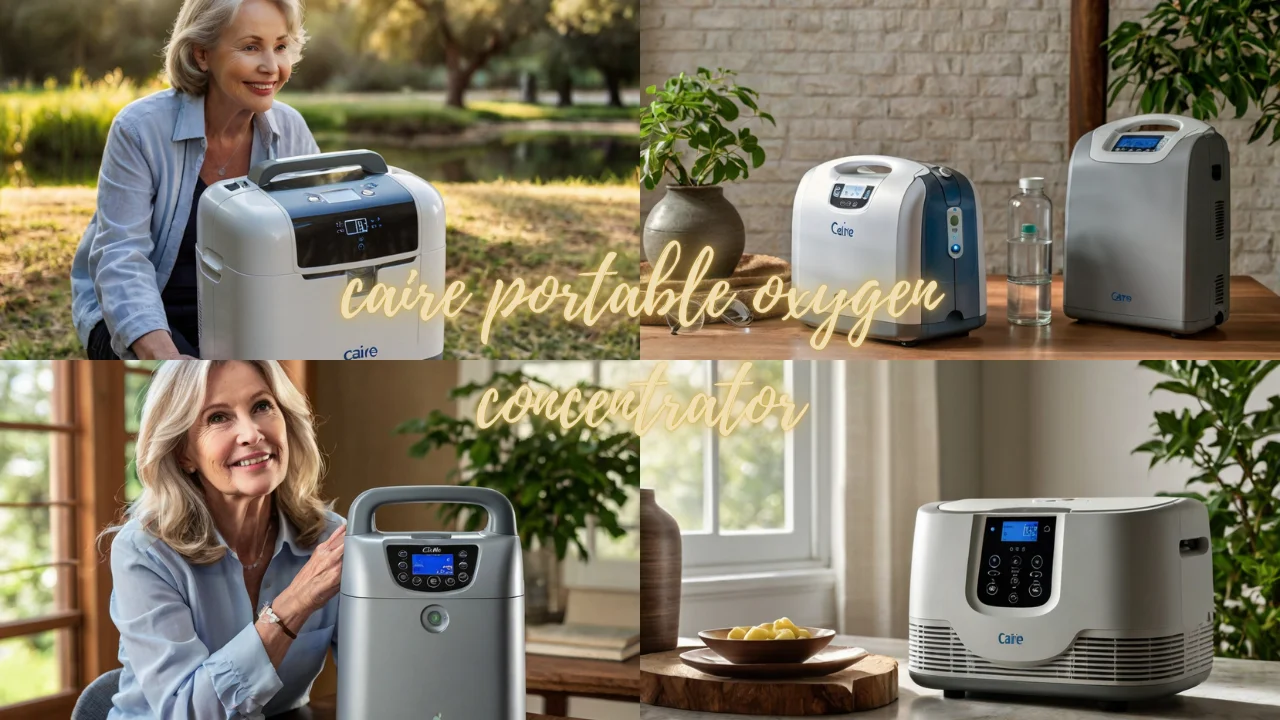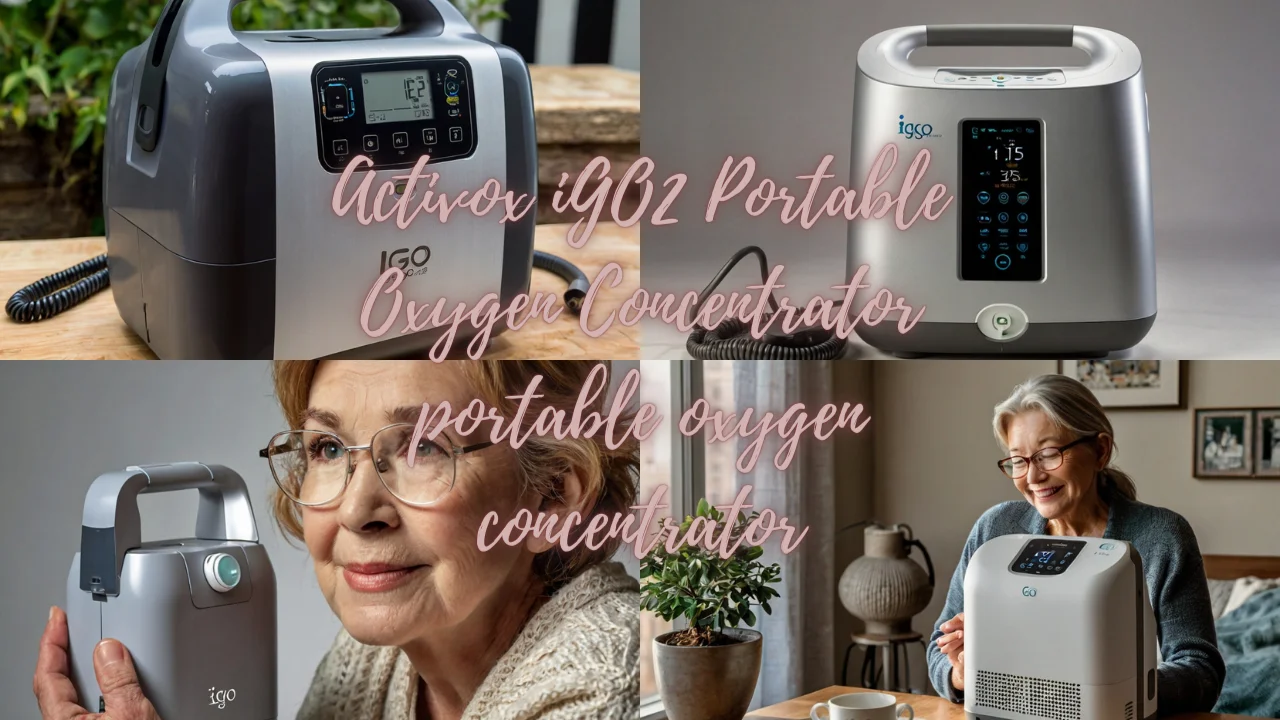Breathing is the most normal and necessary thing we can do to stay alive. Regarding breathing problems, technology can literally help people who are going through a daily fight. Portable oxygen tanks and concentrators are important tools that have given millions more freedom and quality of life.
If you’re a patient, a nurse, or just someone who likes health technology, you’ll quickly learn everything you need about these useful tools. It’s not just about gadgets; it’s about understanding, taking charge of, and living your best life without breathing restrictions.
What is a Portable Oxygen Tank?
A portable oxygen tank is a lightweight metal container filled with compressed, high-purity oxygen. This oxygen is delivered through a regulator that controls the flow rate and a nasal cannula or mask for inhalation.
The Importance of Portability in Oxygen Therapy
It can be hard to live with a chronic lung illness because you often have to deal with a lot of symptoms that can make your life very difficult. For many people, oxygen therapy is an important treatment that helps them feel better and eliminate their symptoms.
The idea behind portable oxygen therapy is to give the patient more freedom by letting them get oxygen outside their home. You can now take portable oxygen solutions wherever your life takes you, whether it’s just to the store for a few things or a long trip.
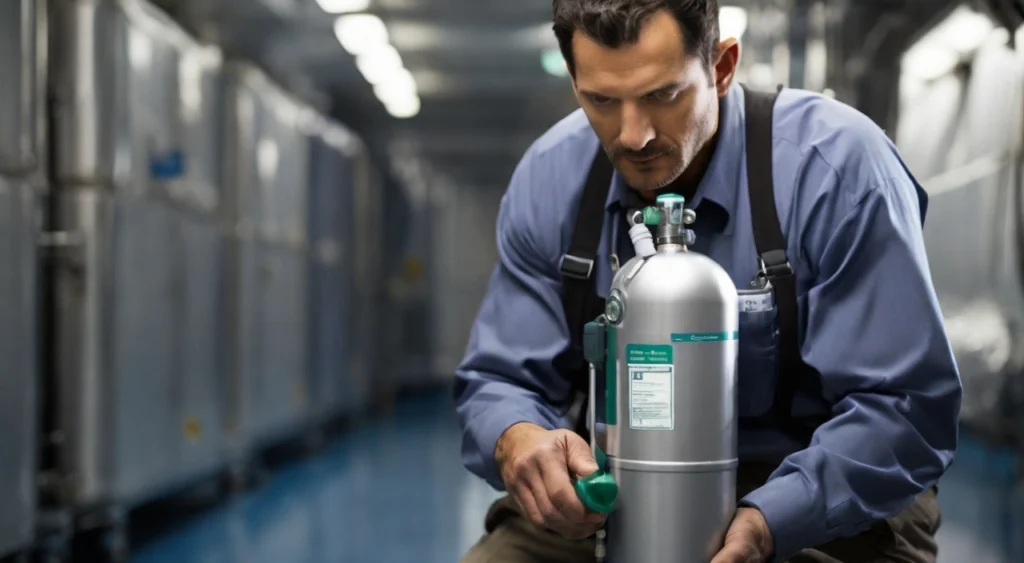

Here’s how it works:
- Compressed Oxygen: The tank holds oxygen gas at high pressure, allowing for a larger volume of oxygen in a compact container.
- Regulator: This crucial component reduces the pressure from the tank to a safe and usable level for breathing.
- Delivery System: The oxygen from the regulator flows through a thin tube to a nasal cannula or mask, allowing for comfortable inhalation.
Portable oxygen tanks are primarily used for:
- Individuals with chronic respiratory conditions: Emphysema, Chronic Obstructive Pulmonary Disease (COPD), and pulmonary fibrosis are some examples.
- Short-term respiratory support: During increased activity or traveling to higher altitudes.
- Managing oxygen needs during emergencies: Power outages or situations disrupting primary oxygen sources.
It’s important to note that portable oxygen tanks should only be used under the guidance and prescription of a licensed physician.
Types of Portable Oxygen Tanks
Portable oxygen tanks come in various sizes and capacities to cater to individual needs.
- Small, portable tanks are ideal for short-term use or carrying during daily activities. They typically offer lower flow rates and require frequent refilling.
- Large, stationary tanks: These hold a larger oxygen supply and are suitable for home use with a connection to a continuous delivery system.
- Portable Oxygen Concentrators (POC): These electronic devices are not technically tanks but offer an alternative method of portable oxygen supply. POCs extract oxygen from the surrounding air and concentrate it for inhalation.
Choosing the Right Portable Oxygen Tank
Selecting the appropriate portable oxygen tank depends on several factors:
- Your underlying medical condition and oxygen needs: A doctor will assess your oxygen saturation levels and determine the required flow rate.
- Lifestyle and activity level: Consider factors like portability, weight, and duration of oxygen use during your daily activities.
- Travel considerations: Airline regulations regarding portable oxygen tank size and capacity must be strictly followed.
Safe Use of Portable Oxygen Tanks
Portable oxygen tanks, while beneficial, require proper handling and safety precautions:
- Always follow your doctor’s instructions: Never adjust the flow rate without consulting your physician.
- Keep the tank upright and secure: Ensure the tank is stable to prevent accidental falls or damage.
- Avoid smoking or open flames near the tank: Oxygen can easily ignite, posing a serious fire risk.
- Be aware of environmental hazards: Oil, grease, and certain chemicals can react with oxygen, increasing fire risk.
- Schedule regular tank refills: Monitor your oxygen usage and ensure timely refilling to avoid running out of supply.
FAQs on Portable Oxygen Tanks
Can I buy a portable oxygen tank without a prescription?
No. Portable oxygen tanks are medical devices and require a doctor’s prescription to ensure safe and proper use.
How long does a portable oxygen tank last?
The duration depends on the tank size and prescribed flow rate. Smaller tanks may last a few hours, while larger ones can provide oxygen for a longer period.
Can I travel with a portable oxygen tank?
Yes, but you need to contact the airline beforehand and inquire about their specific regulations regarding portable oxygen tank size, capacity, and documentation requirements.
How do I clean and maintain my portable oxygen tank?
Consult the manufacturer’s instructions for proper cleaning procedures. Typically, wiping the exterior with a damp cloth is sufficient. Avoid using harsh chemicals or abrasive cleaners.
What should I do if my portable oxygen tank leaks?
If you suspect a leak, turn off the flow immediately and contact your oxygen supplier or healthcare provider for further guidance.
Are there any side effects associated with using portable oxygen tanks?
In most cases, portable oxygen tanks are well-tolerated. However, some individuals may experience dryness or irritation in the nasal passages. Consult your doctor if you experience any discomfort.
What are the alternatives to portable oxygen tanks?
Portable Oxygen Concentrators (POC) offer an alternative method of portable oxygen supply. They are electronically powered.


